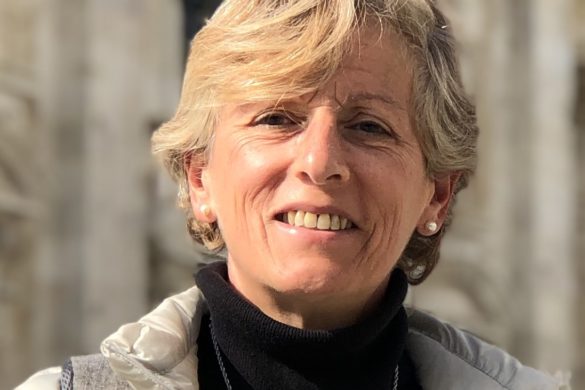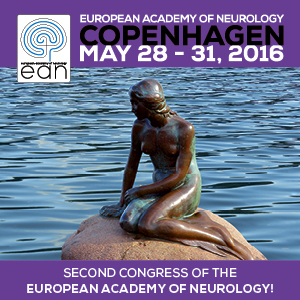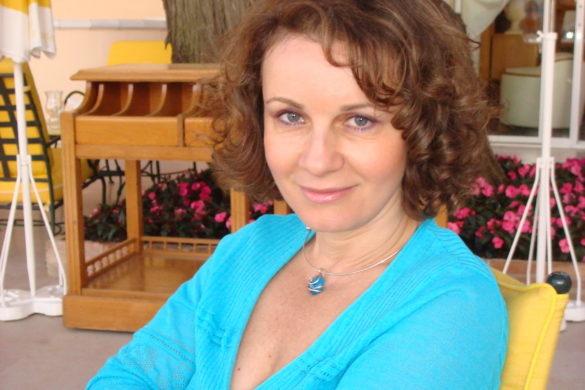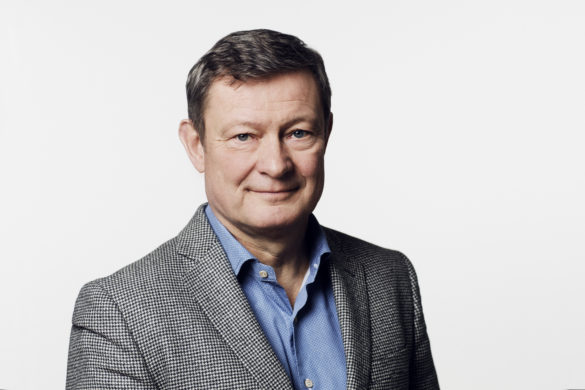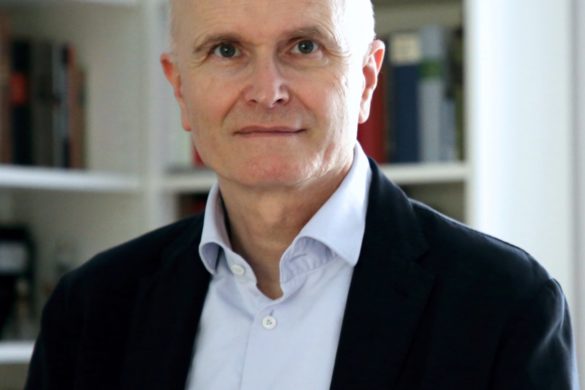by Prof. Dafin Muresanu, Chair of the EAN Communication Committee
National neurological societies are an essential part of the neurological ladscape in Europe, and EAN currently counts 47 of them as Full Institutional Members, creating an invaluable link between all of these organisations. In a series of interviews, we are speaking to the presidents of these societies, to get to know a little more about their backgrounds, current activities and relationships with EAN. This month, we meet the President of the French Society of Neurology (Société Française de Neurologie), Prof. Jean-Philippe Azulay.
Dafin Muresanu: Could you briefly summarise for EANpages readers the history of the French Society of Neurology, and its major achievements at national level?
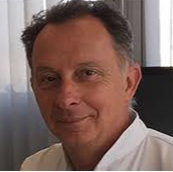
Jean-Philippe Azulay: The Neurological Society of Paris was created in 1899 by seventeen founding members, all students of Charcot except Dejerine. It held its first meeting on 6 July, 1899 under the presidency of Alix Joffroy. It became the French Society of Neurology in 1949.
The society organises several annual meetings this year on neuroreanimation, neurodegenerative diseases and gait and balance disorders.
It is a partner of the Journées de Neurologie de Langue Française, an association with which it promotes meetings of French neurologists through congresses organised in the main French cities.
The official journal of the society is the Revue Neurologique (Paris).
DM: The National Neurological Societies are the core membership of the EAN. As President of the French Society of Neurology, how would you like to see this cooperation improved?
JPA: The cooperation has been much strengthened recently and the current president of the EAN has tightened the links with the national societies. There is a lack of initiatives for meetings between societies; the SFN had proposed during the JNLF to twin each year a meeting with another national society, we had also responded to an invitation to participate in the congress of the German Society of Neurology. This facilitates the relationships easier than in a large congress. It is also necessary to encourage the youngest to train more abroad, to promote more scholarships, to better support them to present at the EAN congress.
DM: How is the pandemic and COVID-19 affecting France, and how is your national society supporting neurology care during these times?
JPA: The pandemic has had several important consequences on the activities of physicians, especially in hospitals and intensive care units. Like all societies, the SFN cancelled during this period all the presential meetings and this has encouraged us on the one hand to promote virtual meetings and to propose new modes of communication by webinars, one of which was dedicated to neurocovid.
DM: France counts many famous scientists in the field of medicine and neurology both past and present. Who in particular would you like to bring to the attention of European neurologists?
JPA : Pierre Polack, Yves Agid, Marie Germaine Bousser,
DM: What is your vision of the future of European Neurology?
JPA: As in all fields, the links between European countries must be stronger, the circulation of senior neurologists and residents easier, the training more homogeneous, while taking into consideration that there are significant differences in the resources between the different countries. Europe must also not forget to turn towards other continents and in particular towards Africa to contribute to the development of health structures and the training of neurologists; neurology is still not very present on this continent. European neurology must propose more common prospective studies and pool databases with patient samples to do efficient research on large, well-characterised cohorts in all fields of neurology. It is also necessary to be able to study the Exposome according to the European countries.
DM: Thank you very much for taking the time to share your thoughts with our readers.




